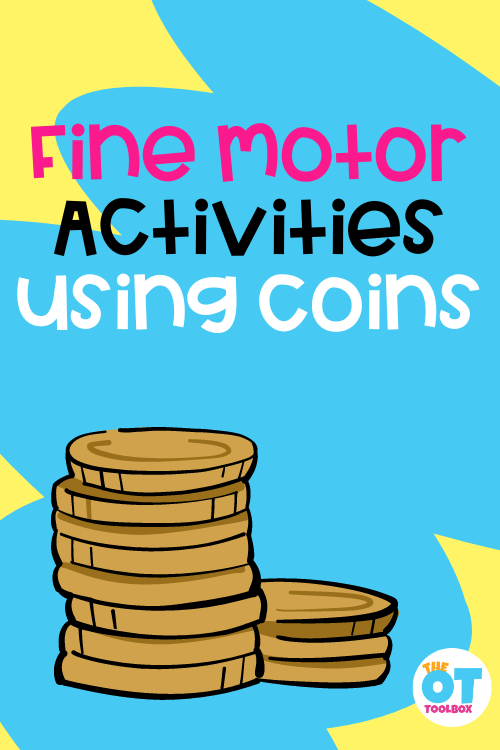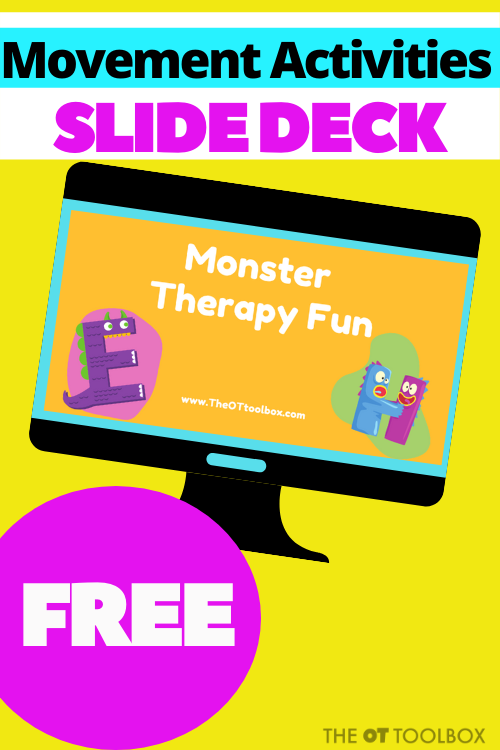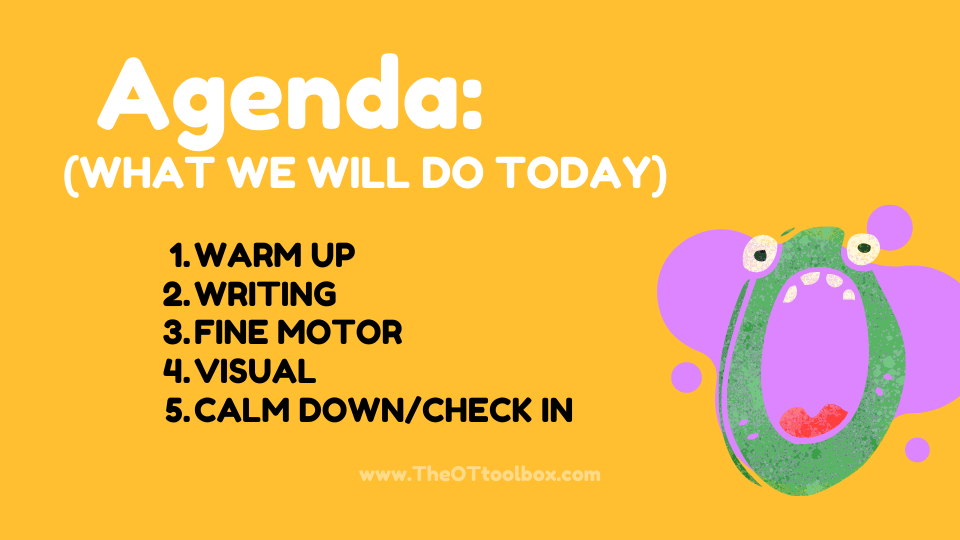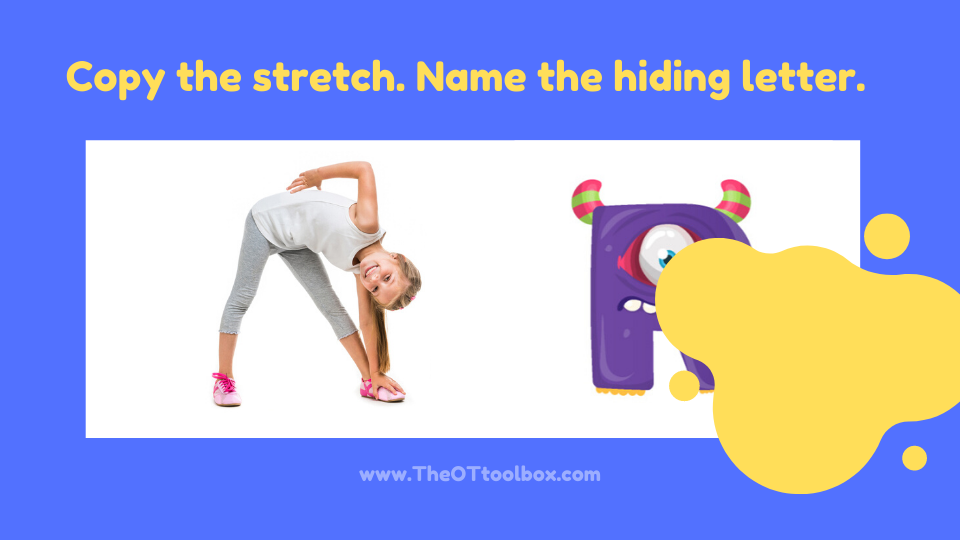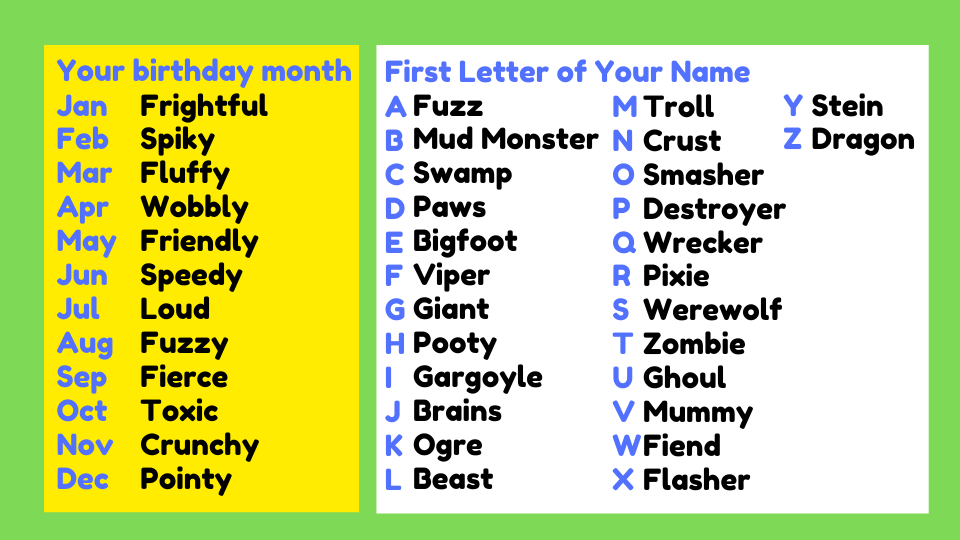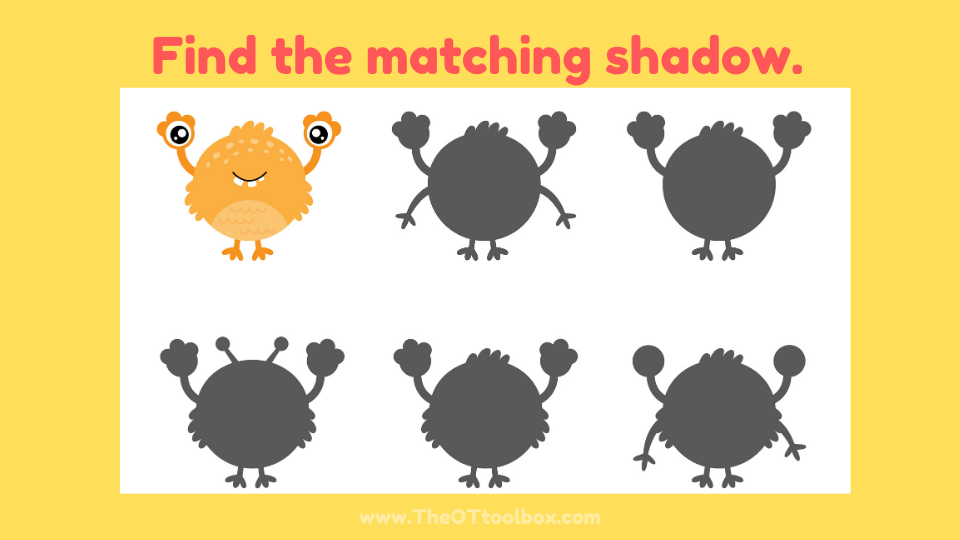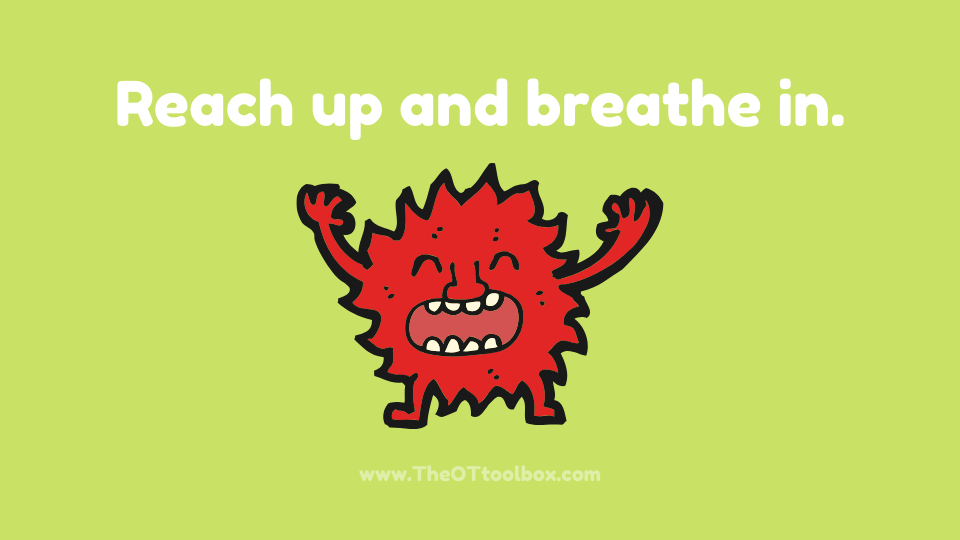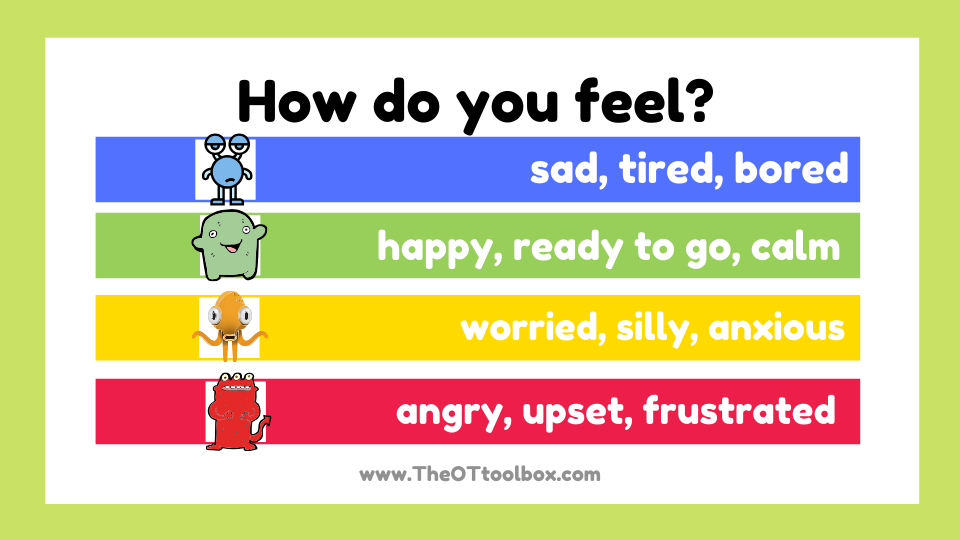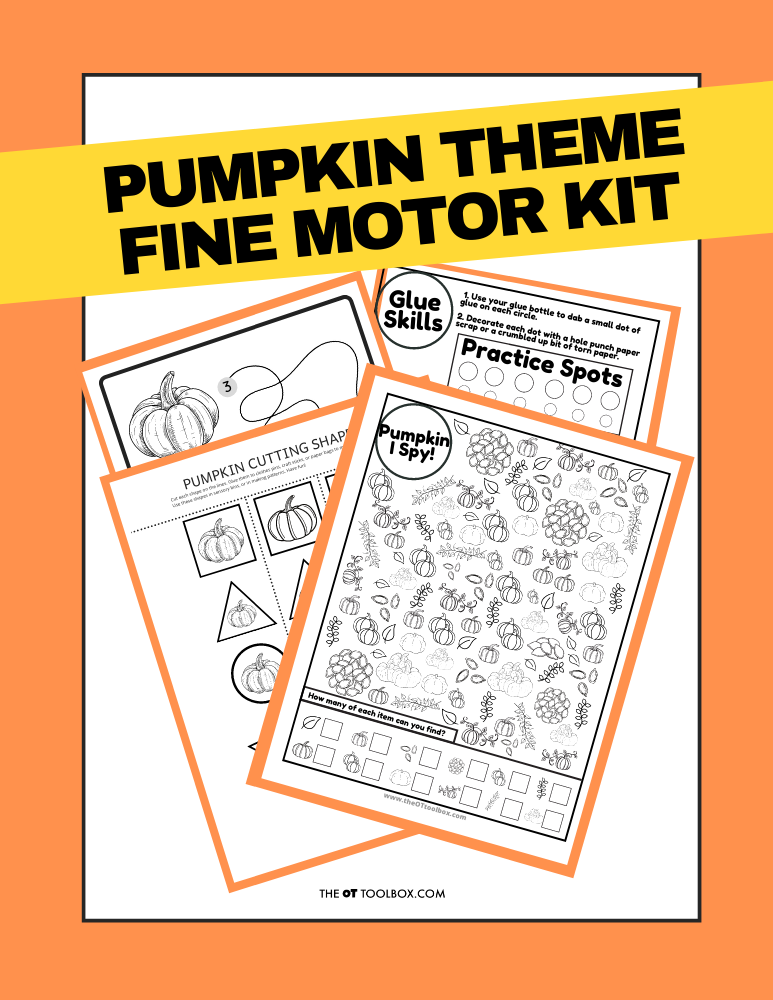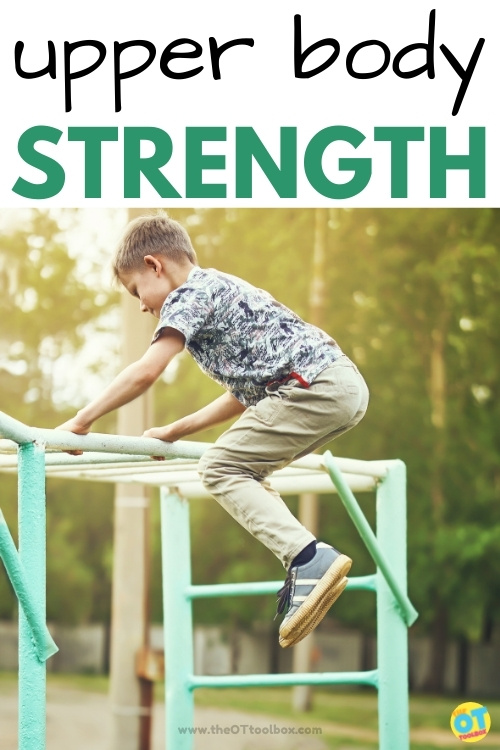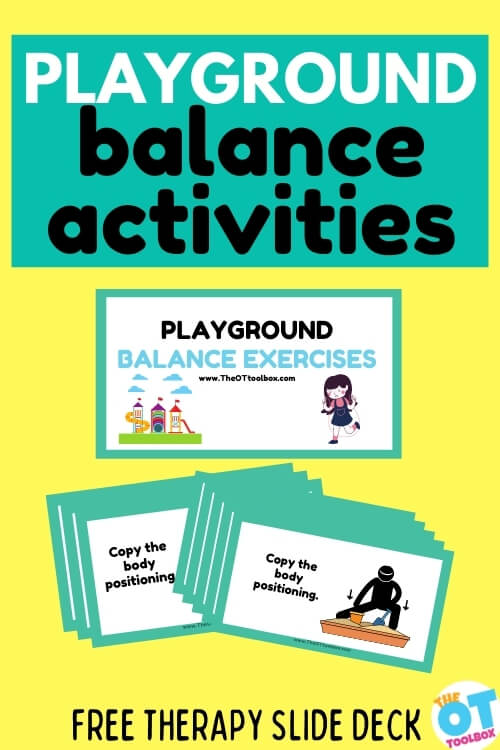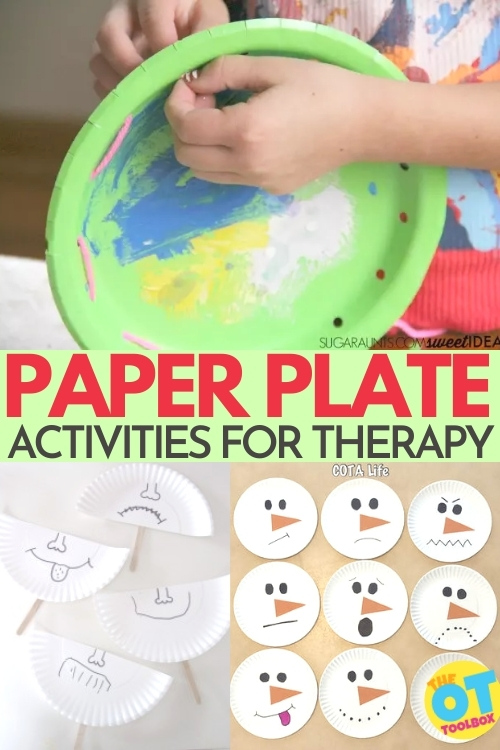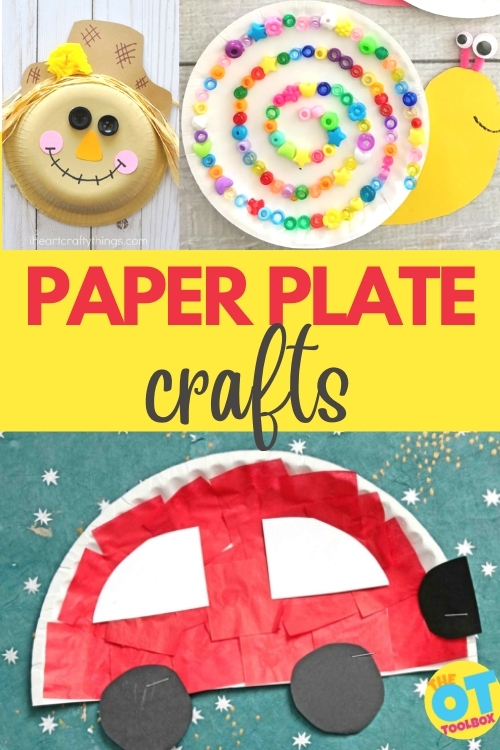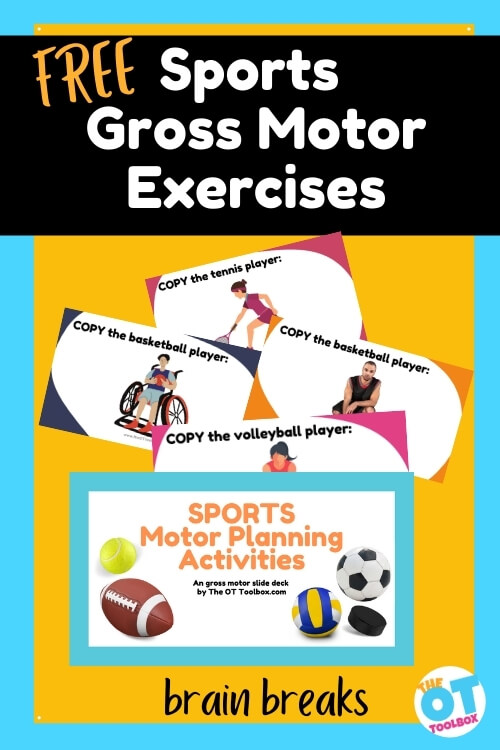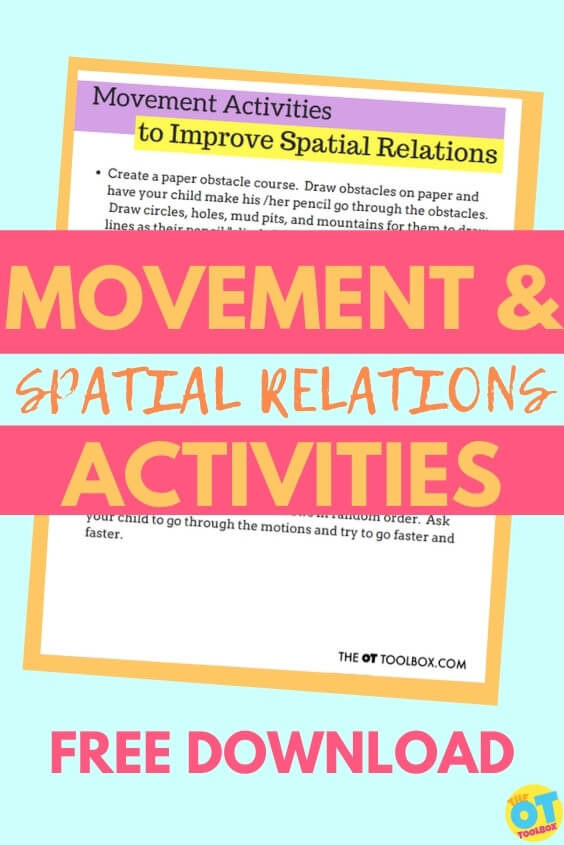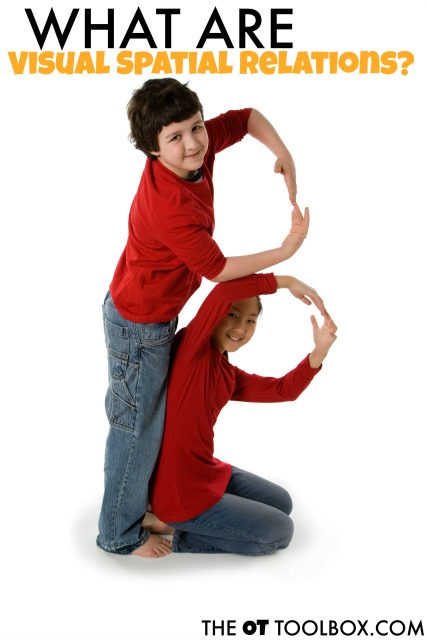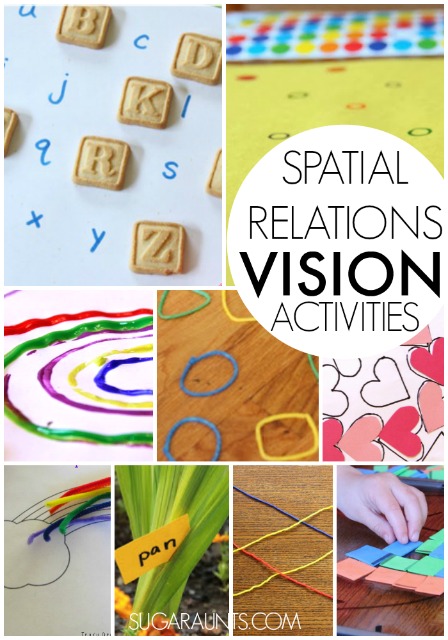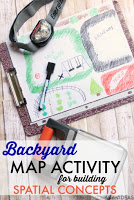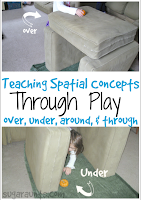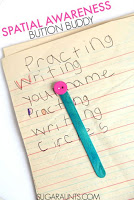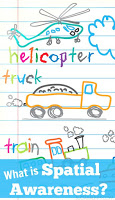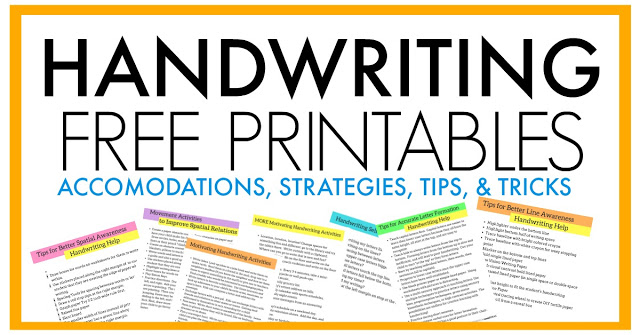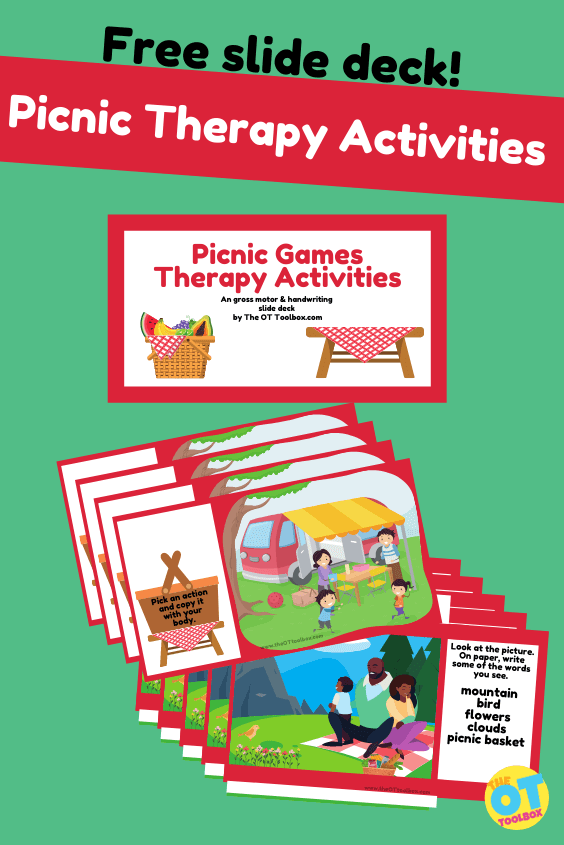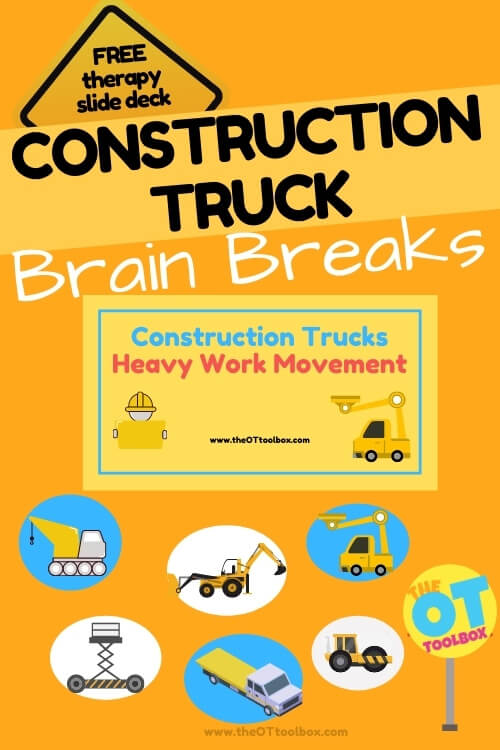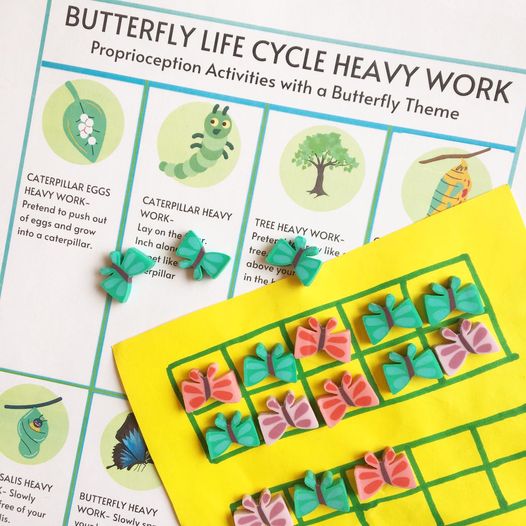Need Winter Brain Breaks for the kids? Here, you will find energizing brain breaks are gross motor activities that can break up the school day or be added to the classroom schedule. Mix some of these movement breaks into the classroom to help kids focus and stay on task while getting a chance to get a short mental break from the class schedule. With more online time and increased screen time than ever before, and the added piece of wintery weather, brain breaks are needed more now than ever.
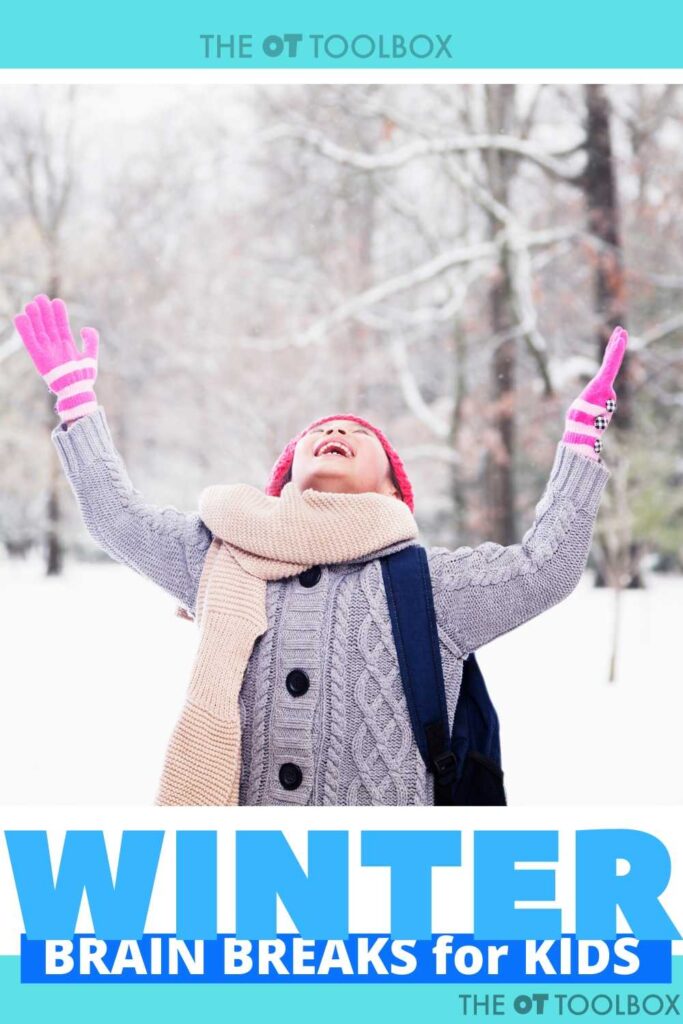
Winter Brain Breaks
I love that these movement breaks can give kids a chance to weave activity right into learning. Whether you are looking for stretches or specifics like activities that fit your curriculum, most of these brain break ideas can be modified to meet your classroom needs!
For more winter activities, try using these ideas to help kids develop specific skill areas:
Winter Fine Motor Activities – Use winter crafts, activities, snowflake crafts, and even paper icicles to work on fine motor skill work.
Indoor Recess Activities– These indoor recess activities get kids moving when it’s too cold to go outside.
Winter Bilateral Coordination Activities get kids moving with both sides of the body.
Winter Mindfulness Activities help to focus and attend to the task at hand, as well as help with coping needs.
This mitten printable is a great fine motor brain break that kids love. These are perfect for a fine motor and visual motor version of brain breaks.
And, you’ll want to check out our new Winter Fine Motor Kit. It’s an amazing resource of 100 pages designed to help kids move and build the skills they need. While focused on the fine motor aspect, this kit includes play dough mats, toothpick art, lacing cards, crumble art, I Spy pages, and more, all which can be used in indoor brain break types of activities.
Now, on to the winter brain breaks! Check out these Winter Brain Breaks for movement-based activity in the clinic, classroom, virtual therapy session, or home!
1. Build a snowman- This winter brain break requires imagination and some large motor skills! Students may need verbal cues and maybe a visual model when first doing this snowman brain break. Here’s what Pretend to roll a ball of snow. Then another big snowball. Ask students to place their pretend snowballs on the first one to build the snowman. Next, pick up a carrot and some “rocks” from the ground. Press them into the snowman’s head. Next, look on the “ground” to find some sticks for arms. Press them into the sides of the sides of the snowman. Add any additional details like a scarf, hat, or boots.
2. Winter Toothpick Art– Use the Winter Fine Motor Kit materials to get kids moving with the toothpick art activities. These can be used on cardboard or a carpeted area to help kids build fine motor strength and tripod grasp.
3. Penguin Freeze Dance- This winter brain break activity is a great addition to an arctic theme in the classroom! Take 5 minutes to move and groove, penguin-style! Turn on some music and the students can waddle like penguins! Then suddenly stop the music and all of the classroom penguins need to FREEZE! Play for about 5 minutes and then get back to learning.
4. Dice Roll- Write numbers 1-6 on the chalkboard. Assign each number to an action movement like hop up and down, touch the ground, stand on one leg, do a funny dance, jumping jacks, etc. Then roll the dice and everyone needs to do the action. Keep rolling and moving for 3-5 minutes. Some more action ideas include: turn in two circles, do a burpee, do a push-up, and sit on the floor then stand up very quickly.
5. Winter Crumble Art- This is another fun fine motor activity for indoor recess. Use bits of tissue paper or crumbled up construction paper to create a winter picture. These sheets are in the Winter Fine Motor Kit, too.
6. Winter Yoga- Add movement breaks to the classroom with some calming yoga moves. Winter themed yoga stretches can be a nice break in the classroom schedule when it’s too cold to go outdoors.
7. Winter Play Dough Mats– While not a traditional brain break, the winter play dough mats in our new Winter Fine Motor Kit allow kids a chance to move and gain essential proprioceptive input through their hands.
8. Snowman Says- Play a quick game of Simon Says with a snowman theme! Imagine you are part of a classroom full of snowmen who are moving their snowman parts. Use your imagination and stretch, move, and move that snow body! Use these printable Simon Says commands for specific skill-building.
9. Polar Bear Brain Breaks- This polar bear gross motor slide deck is wintery fun! We’ve shared a bear brain breaks free printable sheet here on The OT Toolbox. Use it with a polar bear theme! Hint: Do the same brain break activities and call it a polar bear move 🙂
10. Winter Brain Break YouTube Videos- There are some great break break ideas that are movement and activity videos on YouTube to get the kids up and moving so they are ready to learn. The YouTube brain break videos add movement and gross motor work. The ones listed below are winter themed.
11. Winter crossword puzzle– Brain breaks don’t need to be gross motor tasks. Use this printable to target fine motor skills and visual motor skills while taking a break from other activities as a self-regulation strategy.
Winter Brain Breaks on YouTube
Baby Shark, Winter Edition:
Penguin Dance Brain Break:
The Sid Shuffle- Ice Age Continental Drift:
Small Foot- Do the Yeti:
I’m a Penguin- Brain Break for Kindergarten:
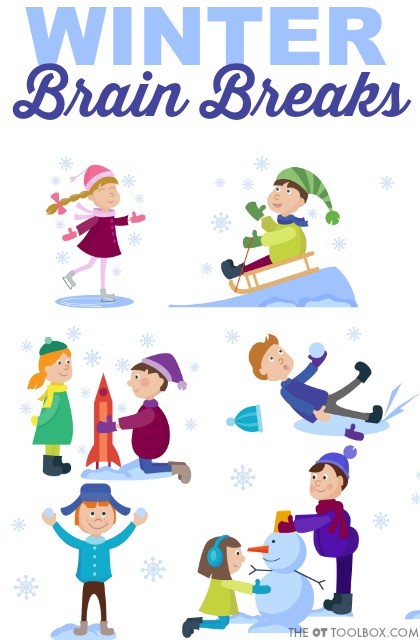
Need more Brain Break Resources?
Follow our Brain Break Pinterest board.
Here are more brain break videos (not winter-themed), but great for any time of year.
Check out our past brain break activities here on The OT Toolbox and add them to your toolbox:
I hope these ideas are helpful in creating opportunities for movement and activity during these indoor recess months at school!

WINTER FINE MOTOR WORKSHEETS
To end out the Winter Week here on The OT Toolbox, I wanted to create a fine motor worksheets that are a true resource during the winter months. The Winter Fine Motor Kit contains fine motor worksheets that cover a variety of different fine motor abilities:
These reproducible activity pages include: pencil control strips, scissor skills strips, simple and complex cutting shapes, lacing cards, toothpick precision art, crumble hand strengthening crafts, memory cards, coloring activities, and so much more.
Play Dough Roll Mats- We’ve shared some free play dough mats before. They are perfect for developing fine motor skills and hand strength needed for tasks like coloring with endurance, manipulating small items, and holding a pencil. Kids can roll small balls of play dough with just their fingertips to strengthen the intrinsic muscles. The Winter Fine Motor Kit contains 6 winter play dough mats that can be used all winter long!
Pinch and Grip Strength Activities- Includes: glue skills page, tong/tweezer activities, lacing cards, finger puppets, 1-10 counting clip cards, 10 toothpick art pages, find & color page, 5 crumble art pages. TARGET SKILLS: Precision, pinch and grip hand strength, tripod grasp, arch development, bilateral coordination, open thumb web-space.
Pencil Control Worksheets- Connect the arctic animals or winter items and stay on the pencil path lines while mastering pencil control. Some of the lines are small and are a great way to strengthen the hands, too.
Arctic Animal Cutting Strips and Scissor Skills Sheets- Work on scissor skills to cut along lines to reach the arctic animal friends or snowflakes, snowmen, and mittens. This is a great way to strengthen the motor and visual skills needed for cutting with scissors. Also included are 7 scissor skills strips with graded precision designed for data collection and accuracy development, 2 color & cut memory cards, 4 pages simple cutting shapes in small/med/large sizes, 3 pages complex cutting shapes in small/med/large sizes, 2 small and 2 large cutting skills puzzles. These worksheets help kids develop graded scissor skill accuracy and precision, visual perceptual skills, eye-hand coordination, crossing midline, bilateral coordination.
Handwriting Sensory Bin Materials- You and the kiddos will love these A-Z uppercase and lowercase tracing cards with directional arrows, 1-10 tracing cards with directional arrows, 1-10 counting cards. Using the sensory bin materials can develop tactile handwriting, letter and number formation, finger isolation, crossing midline, sensory challenges. These materials in the Winter Fine Motor Kit are a great brain break idea for kids.
“I Spy” Modified Paper- Includes: Color and find objects in two themes: winter items and arctic animals; 3 styles of modified paper for each theme: single rule bold lines, double rule bold lines, highlighted double rule. Use these pages to develop handwriting, pencil control, line and spatial awareness, legibility, visual perceptual skills, visual memory.
Fine Motor Handwriting Sheets- Try the 4 Find/Color/Copy pages in different styles of modified paper, rainbow writing pages in 3 styles of modified paper. These handwriting worksheets use the winter theme to help with handwriting, visual perception, pencil control, visual memory, visual attention, precision, pencil control, functional handwriting.
Write the Room Activities- Using a winter theme, these Write the Room cards includes: 5 lowercase copy cards, 5 uppercase copy cards, 5 lowercase tracing cards, 5 uppercase copy cards, 6 cursive writing copy cards, 2 styles of writing pages. TARGET SKILLS: Letter formation, pencil control, visual motor skills, visual attention, visual memory, line placement, functional handwriting at all levels and stages.
All of this is available in the Winter Fine Motor Kit.
For more ideas for older students, try these middle school brain breaks.

Colleen Beck, OTR/L has been an occupational therapist since 2000, working in school-based, hand therapy, outpatient peds, EI, and SNF. Colleen created The OT Toolbox to inspire therapists, teachers, and parents with easy and fun tools to help children thrive. Read her story about going from an OT making $3/hour (after paying for kids’ childcare) to a full-time OT resource creator for millions of readers. Want to collaborate? Send an email to contact@theottoolbox.com.

